A well-maintained bathroom is a joy to use. One key component that often goes unnoticed is the vanity sink overflow hole.
This minor feature is crucial in keeping your sink functional and your bathroom clean. Yet, it's often overlooked in regular cleaning routines.
Over time, the overflow hole can accumulate debris and grime. This can lead to unpleasant odors, slow drainage, and potential water damage.
This article'll explore what a vanity sink overflow hole is and why it's essential. We'll also provide a comprehensive guide on how to clean it effectively.
Whether you have a double sink vanity, a small bathroom vanity with a sink, or a floating quartz vanity, this guide will be helpful. Let's dive in and learn how to keep your vanity sink in shape.
Understanding the Vanity Sink Overflow Hole
The vanity sink overflow hole is a small opening near the top of your sink. It's a feature designed to prevent water from spilling over the edge of the sink.
When the sink is filled too quickly or left running, the overflow hole drains excess water. This helps to prevent water damage to your bathroom floor and cabinets.
However, the overflow hole isn't just for preventing spills. It also helps to equalize the air pressure in the drain pipes. This ensures that water drains smoothly and quickly from your sink.
Understanding the function of the overflow hole is the first step in maintaining it. Now that we know its purpose let's look at the signs that indicate that it might need cleaning.
Signs Your Overflow Hole Needs Attention
The overflow hole in your vanity sink can become clogged over time. This is often due to a buildup of soap scum, hair, and other debris. When this happens, you may notice that water drains more slowly from your sink.
Another sign that your overflow hole needs cleaning is an unpleasant odor. This can be caused by the growth of mold and mildew in the hole. These fungi thrive in damp, dark environments and produce a musty smell.
If you notice any of these signs, it's time to clean your vanity sink overflow hole. Let's look at how to prepare for this task.
Preparing to Clean Your Vanity Sink Overflow Hole

Before you start cleaning, gather all the necessary tools and materials. This will make the process smoother and more efficient.
You will need a bottle brush or pipe cleaner, vinegar, baking soda, and a wet/dry vacuum. These items are commonly found in most households.
Here is a simple list of what you'll need:
- Bottle brush or pipe cleaner
- White vinegar
- Baking soda
- Wet/dry vacuum
With these tools, you can start cleaning your vanity sink overflow hole.
Step-by-Step Guide to Cleaning the Overflow Hole
Cleaning the overflow hole in your vanity sink may seem daunting, but it's quite simple. Follow these steps to ensure a thorough cleaning.
First, ensure the sink is dry. This will make removing debris or buildup in the overflow hole easier.
Next, gently scrub the inside of the overflow hole, using a bottle brush or pipe cleaner. Be careful not to push any debris further into the hole.
After scrubbing, prepare a cleaning solution. Mix equal parts of white vinegar and baking soda. This will create a fizzing reaction, which helps to break down any stubborn buildup.
Pour the cleaning solution into the overflow hole. Let it sit for about 15 minutes. This will give the solution time to work its magic.
While waiting, you can clean other parts of the sink. This ensures a comprehensive cleaning and maximizes your time.
After the solution has sat, rinse the overflow hole with warm water. This will help to flush out the cleaning solution and any loosened debris. If there's still some stubborn buildup, repeat the process. Sometimes, it may take a few rounds of cleaning to clear the overflow hole fully.
Once you're satisfied with the cleanliness, dry the overflow hole thoroughly. This prevents water spots and potential mold growth.
Finally, check the overflow hole regularly. Regular maintenance can prevent future buildup and keep your vanity sink functioning correctly.
Natural Cleaning Solutions vs. Chemical Cleaners
When it comes to cleaning your vanity sink overflow hole, you have options. You can choose between natural cleaning solutions and chemical cleaners.
Natural solutions, like the vinegar and baking soda mixture mentioned earlier, are safe and eco-friendly. They're effective at breaking down most types of buildup without damaging your sink or harming the environment.
On the other hand, chemical cleaners can be more consequential. They're often necessary for stubborn clogs or severe buildup. However, they should be used sparingly and cautiously, as they can be harsh on your sink and harmful if mishandled.
Maintaining Your Vanity Sink Overflow Hole
Regular maintenance is vital to keeping your vanity sink overflow hole clean and functional. This involves routine cleaning and inspection to prevent clogs and buildup.
In addition to cleaning, it's essential to keep an eye out for signs of mold and mildew. These can indicate a moisture problem that needs to be addressed. Regular drying of the overflow hole can help prevent these issues.
Remember, a well-maintained overflow hole ensures proper drainage and contributes to your bathroom's overall cleanliness and hygiene.
Addressing Specific Vanity Sink Types
Different types of vanity sinks may require slightly different cleaning techniques. Factors such as the sink's size, material, and design can all influence the cleaning process.
Double Sink Vanities
Double sink vanities, for instance, have two overflow holes that need to be cleaned. This means you must double your efforts to ensure both sinks function correctly.
Remember to clean both overflow holes simultaneously to maintain consistency and prevent cross-contamination.
Small Bathroom Vanity with Sink
Small bathroom vanities often have smaller, more compact overflow holes. This makes them more challenging to clean.
You may need to use smaller tools or more precise techniques to clean these smaller overflow holes effectively.
Floating Quartz Vanity
Floating quartz vanities are known for their sleek, modern design. However, the overflow hole in these sinks can be tricky to access due to their design.
Ensure you have the tools to reach the overflow hole without damaging the surrounding quartz material.
When to Seek Professional Help
If you've tried cleaning your vanity sink overflow hole and it's still not draining correctly, it may be time to seek professional help. Persistent issues could indicate a more severe problem that requires expert attention.
Remember, it's better to invest in professional services than risk damaging your sink or plumbing system.
Final Thought: The Importance of Regular Overflow Hole Maintenance
Maintaining a clean vanity sink overflow hole is crucial for your sink's functionality and longevity. Regular cleaning prevents clogs, odors, and potential damage, ensuring your sink remains in top condition.
Remember, a well-maintained sink looks good and adds value to your home. Regular maintenance is a small task with big rewards.


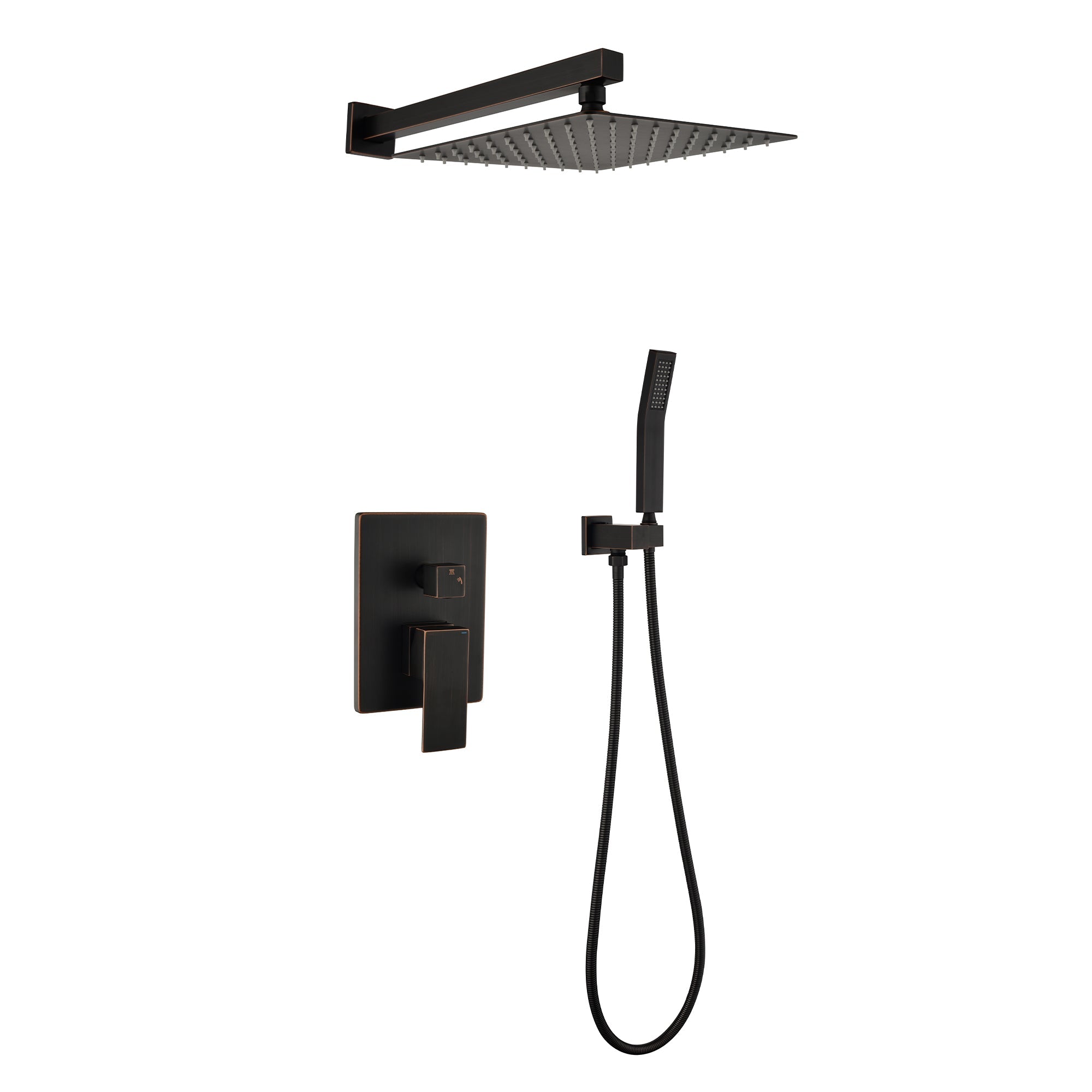



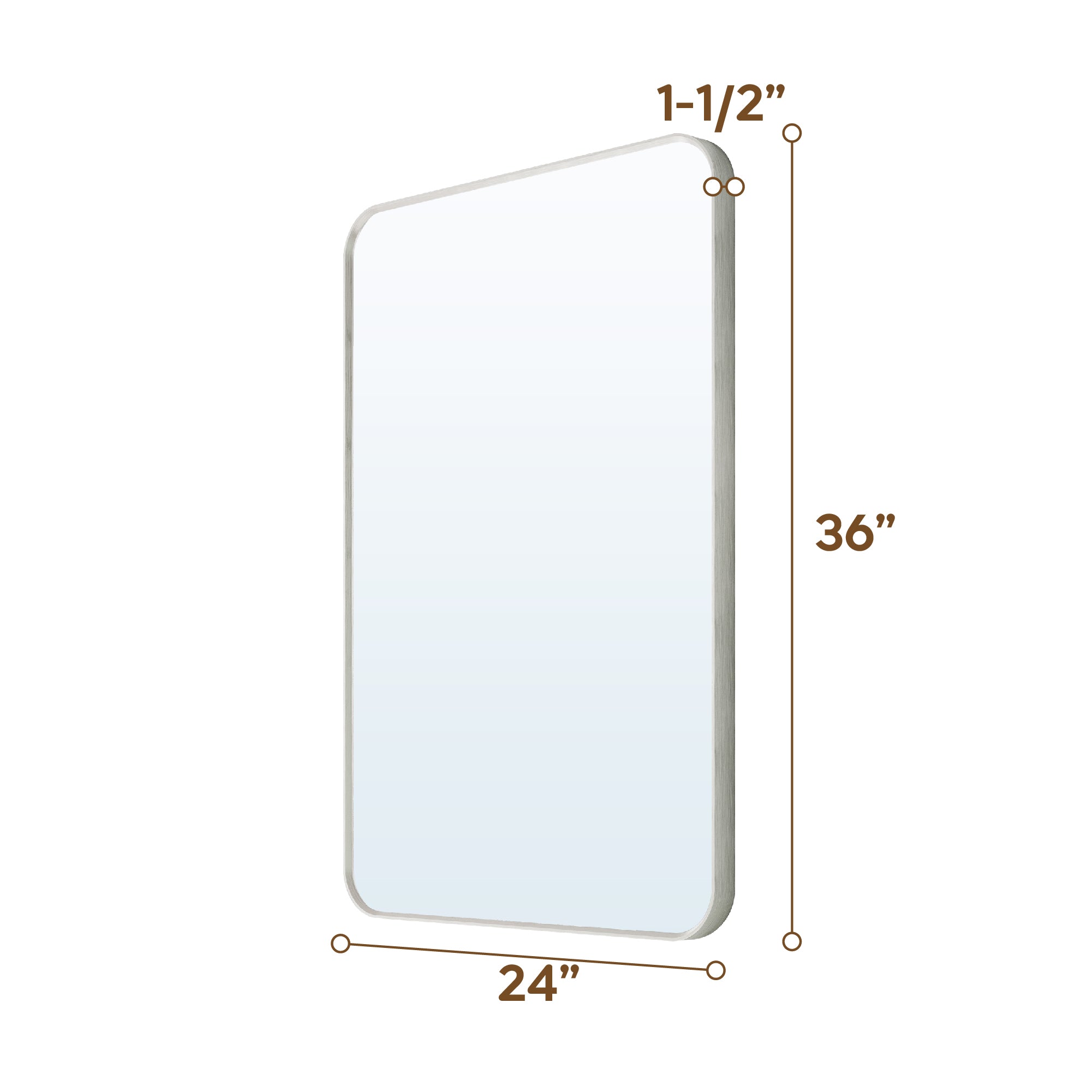

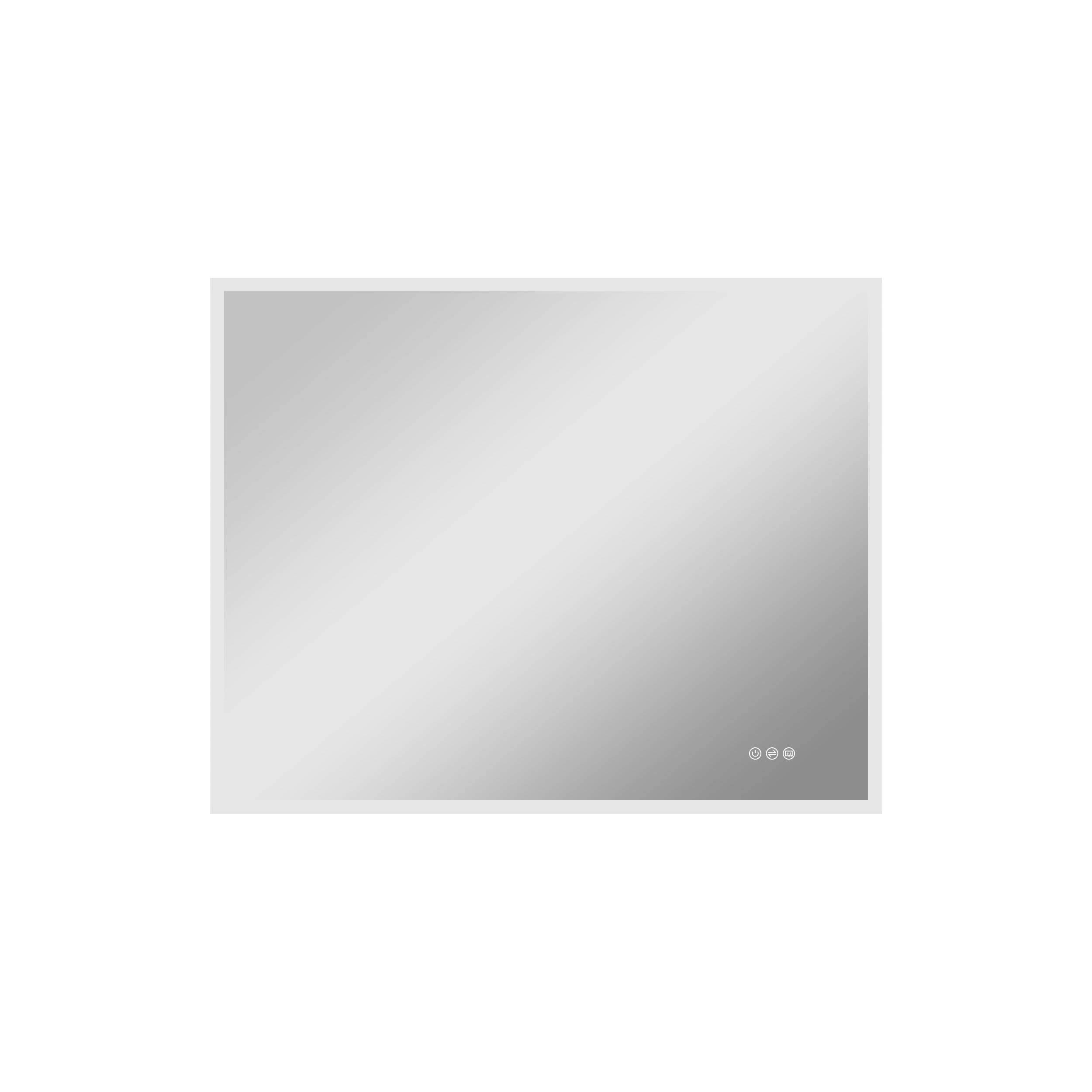
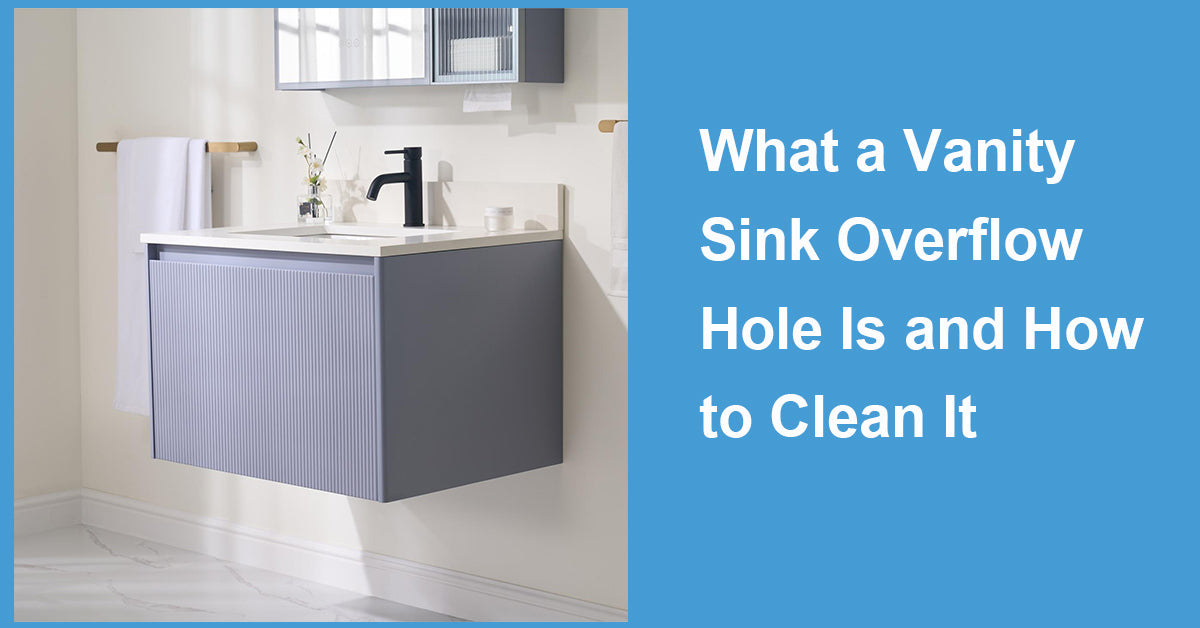



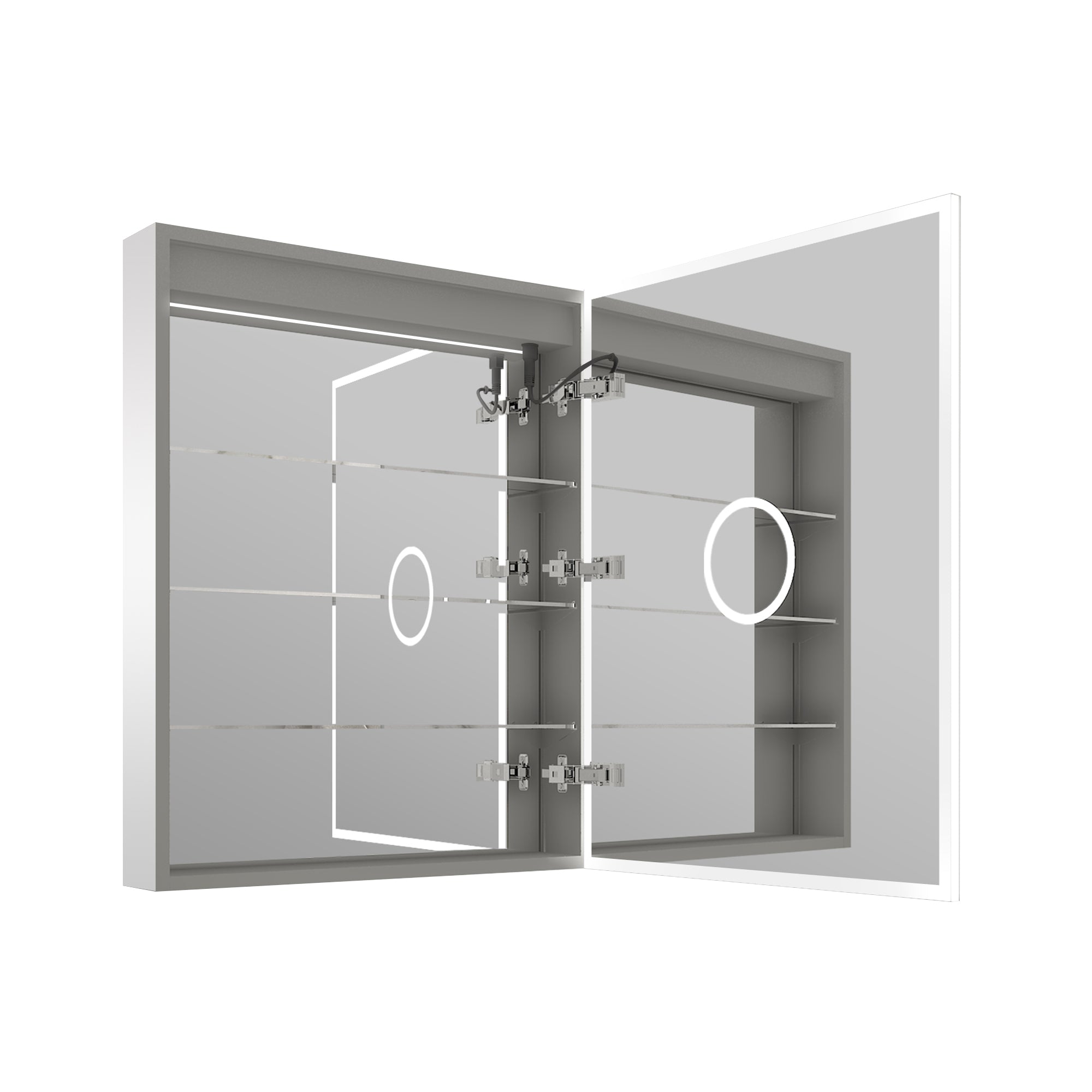





















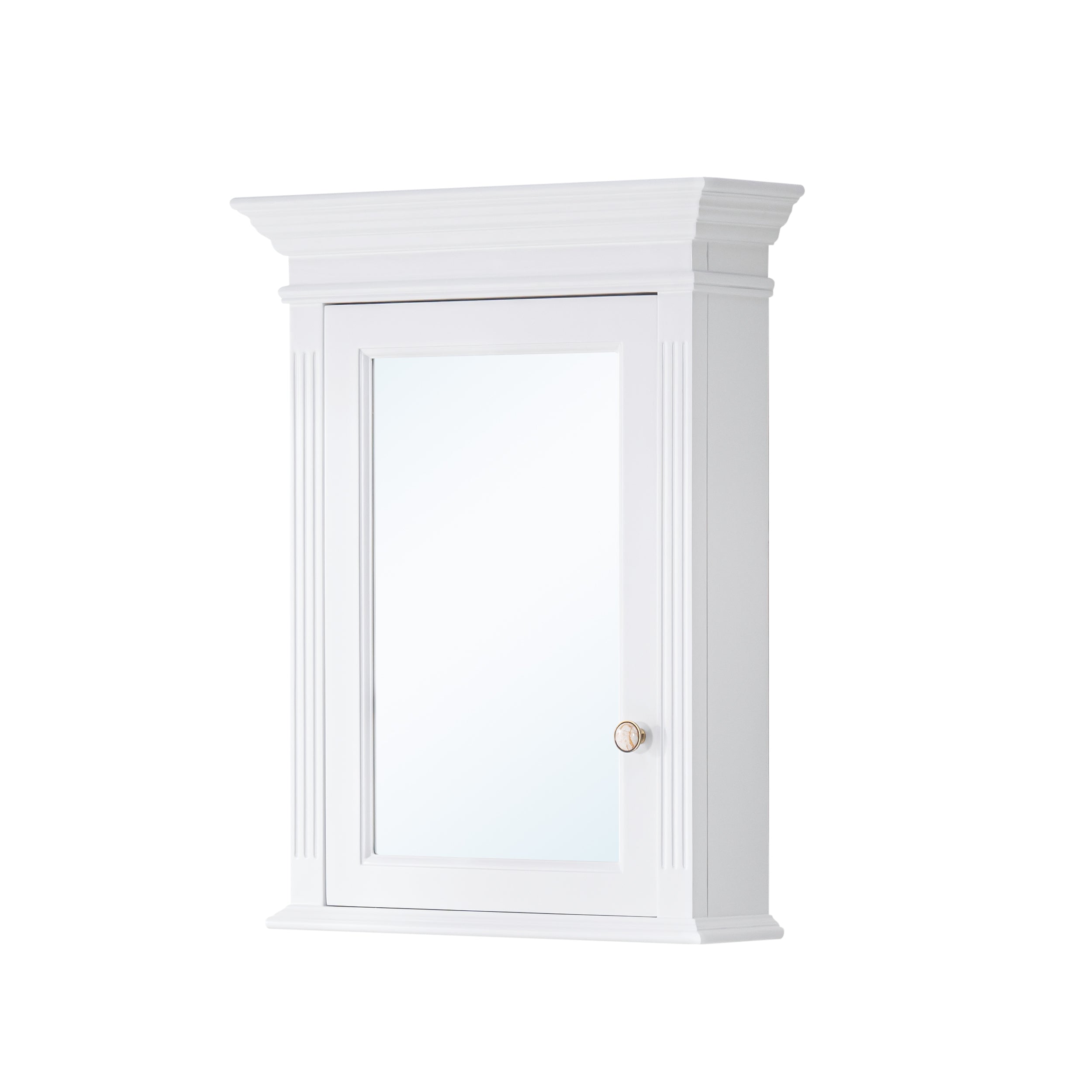

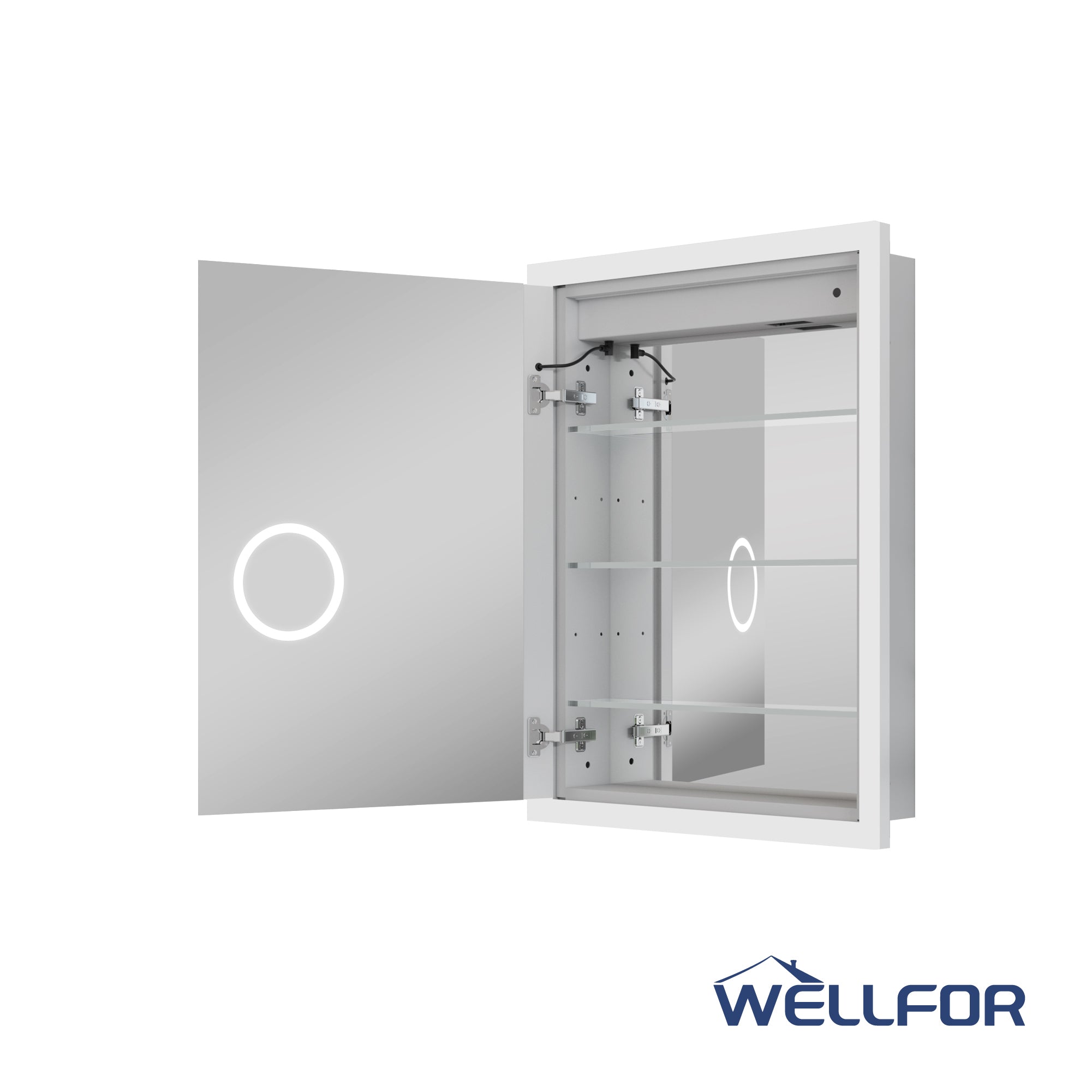


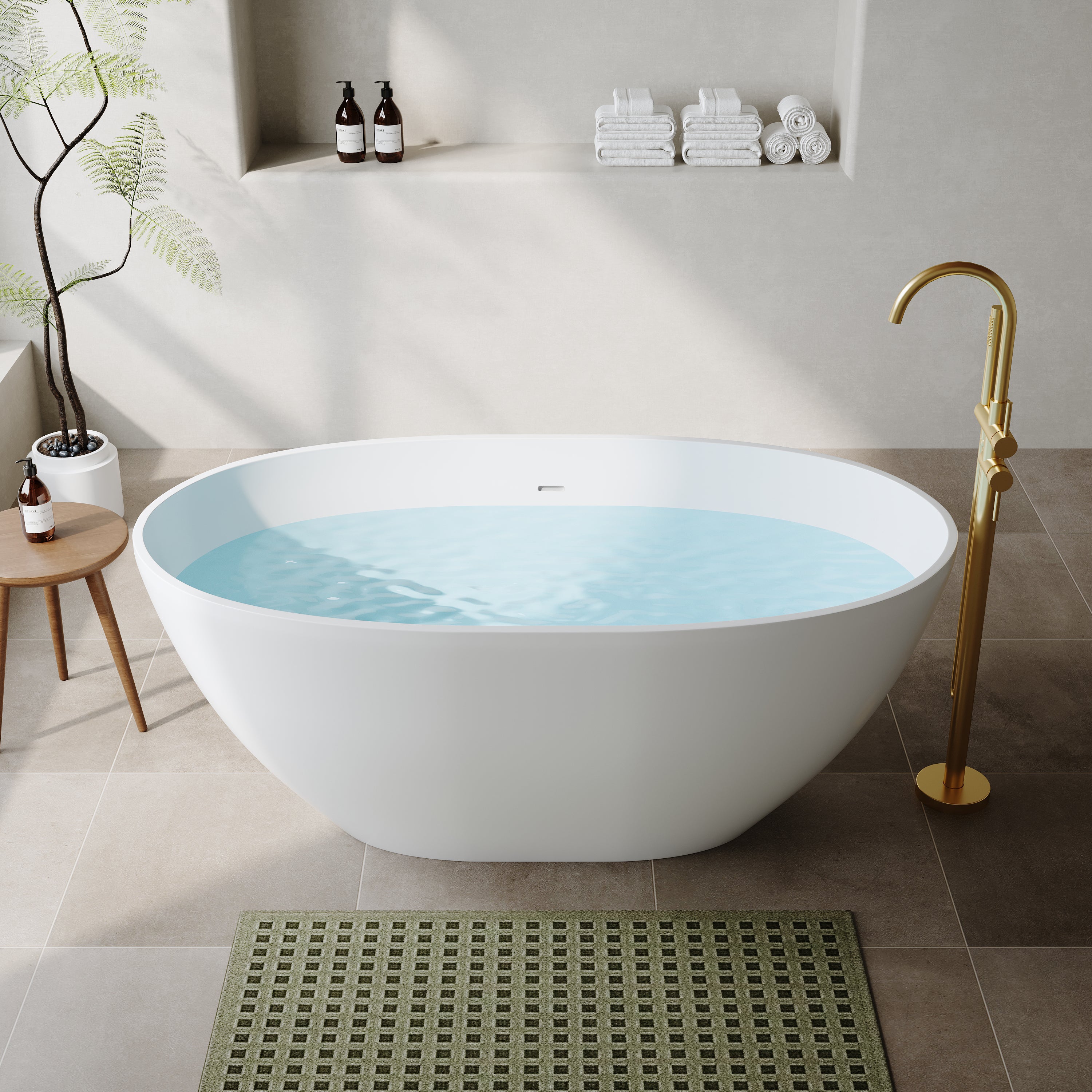




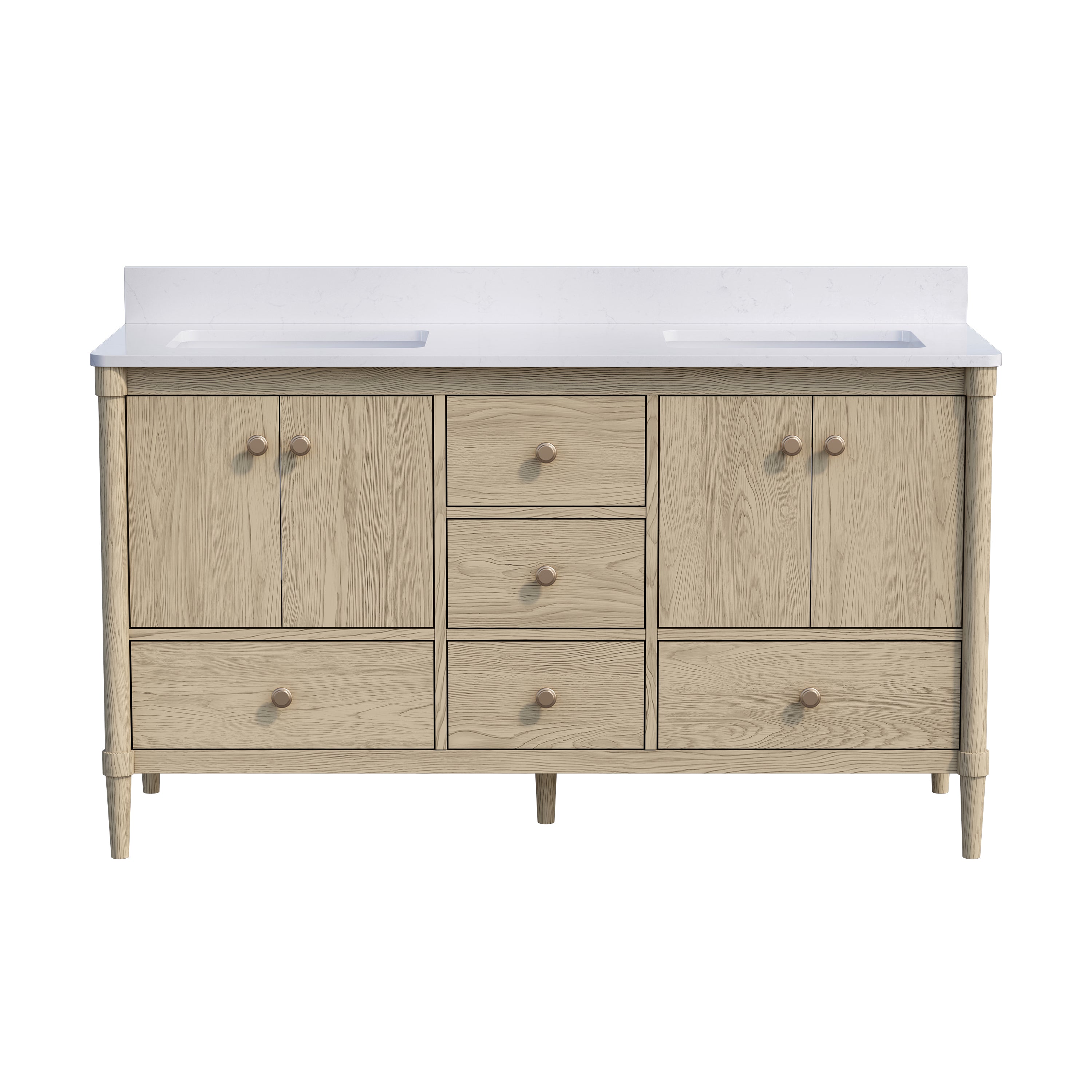
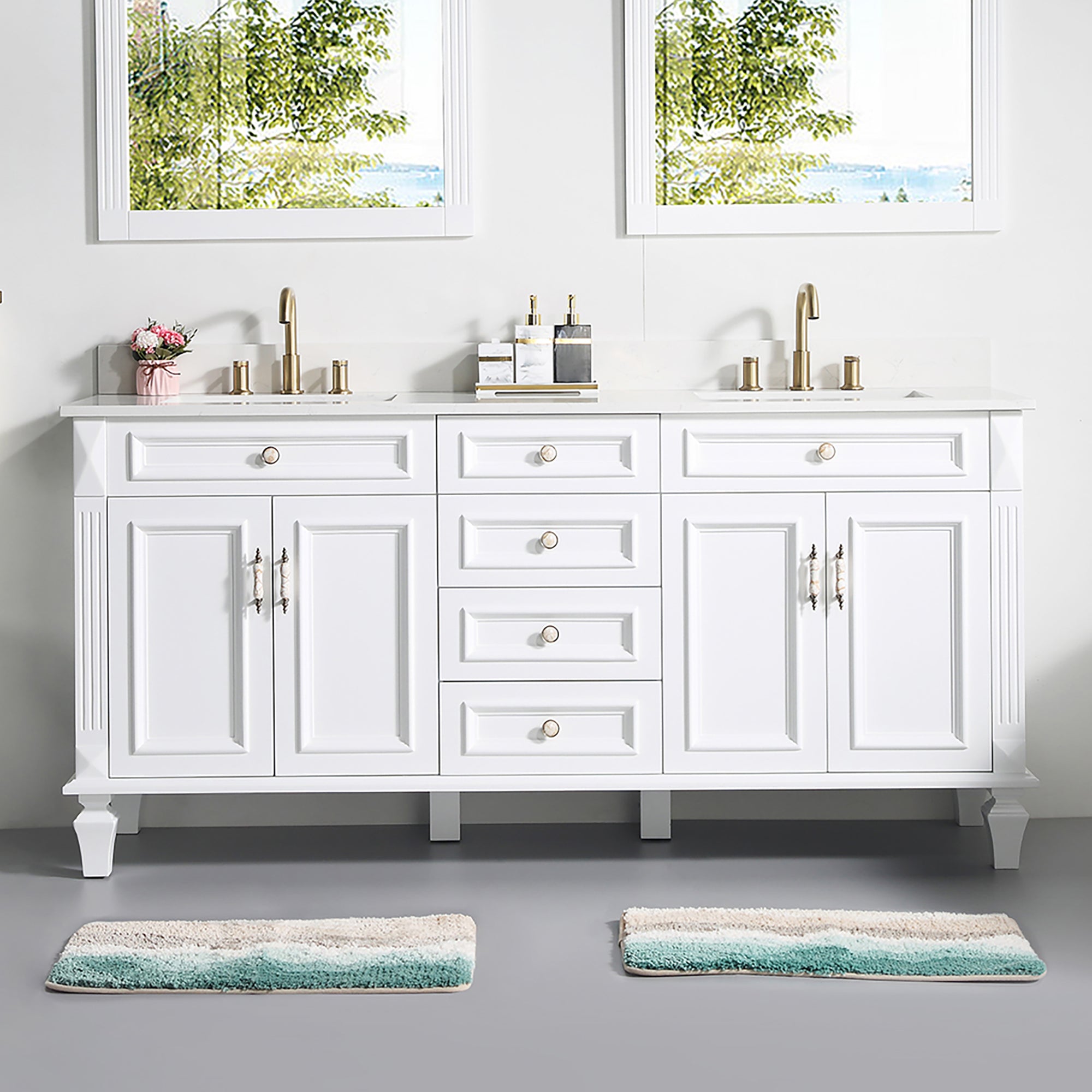
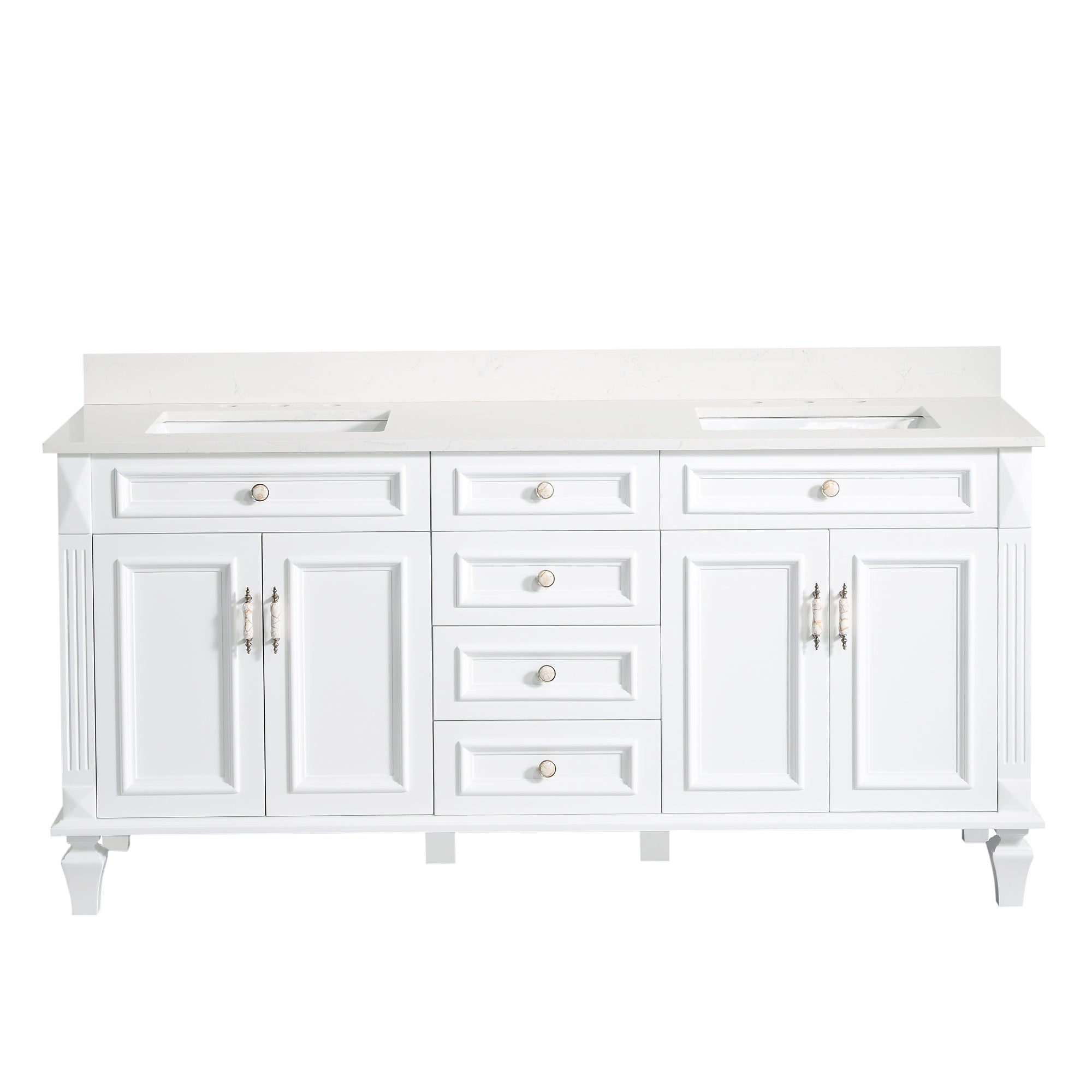
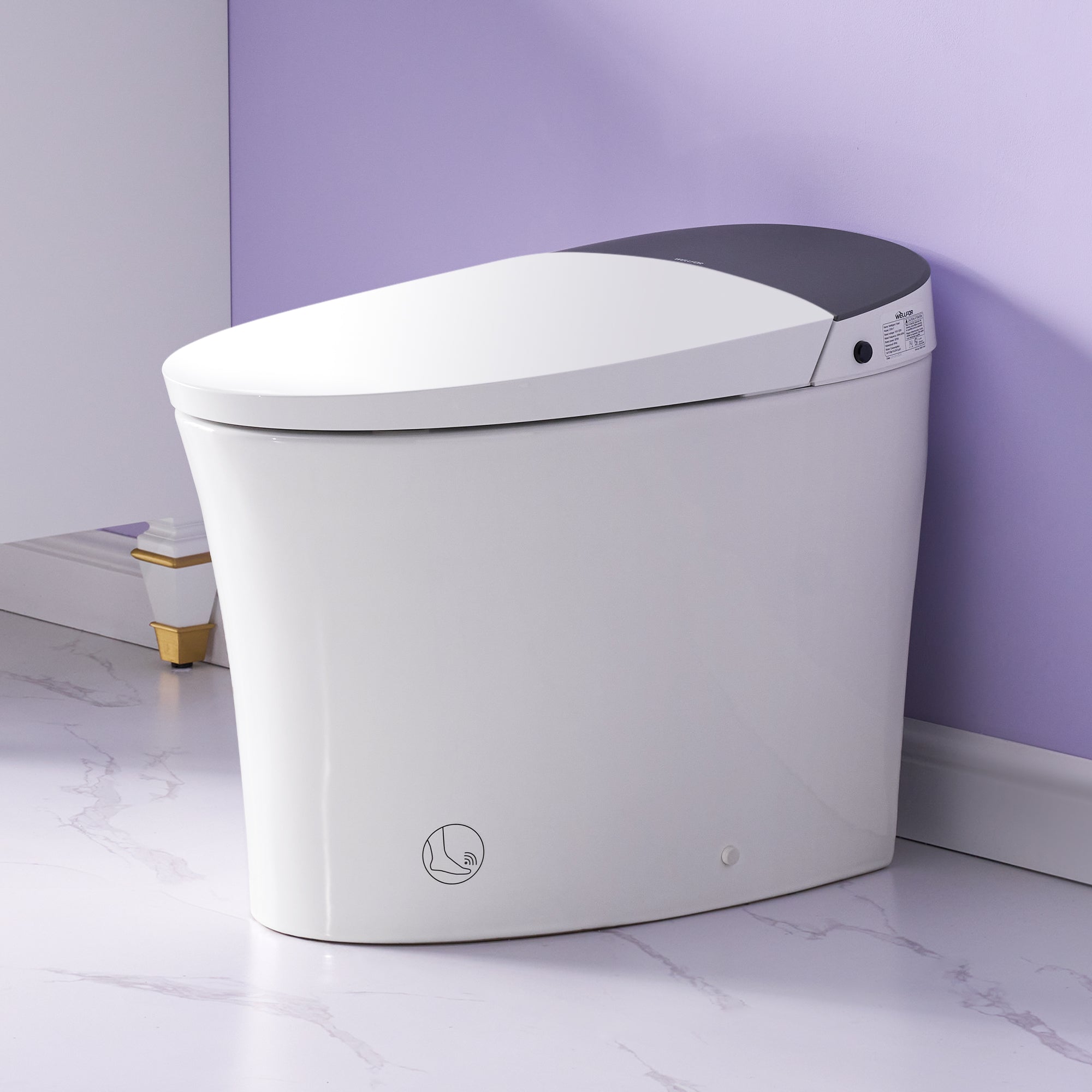
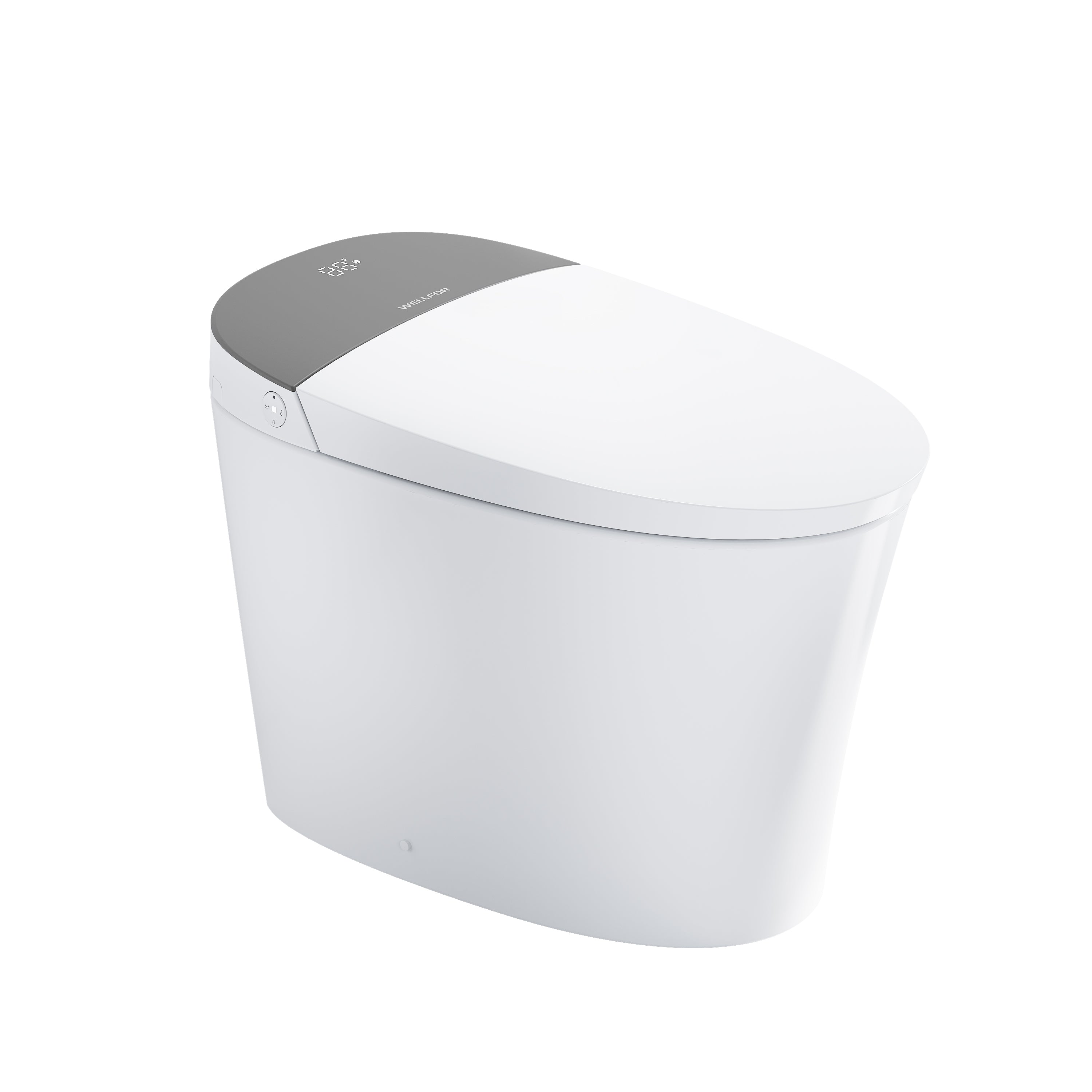

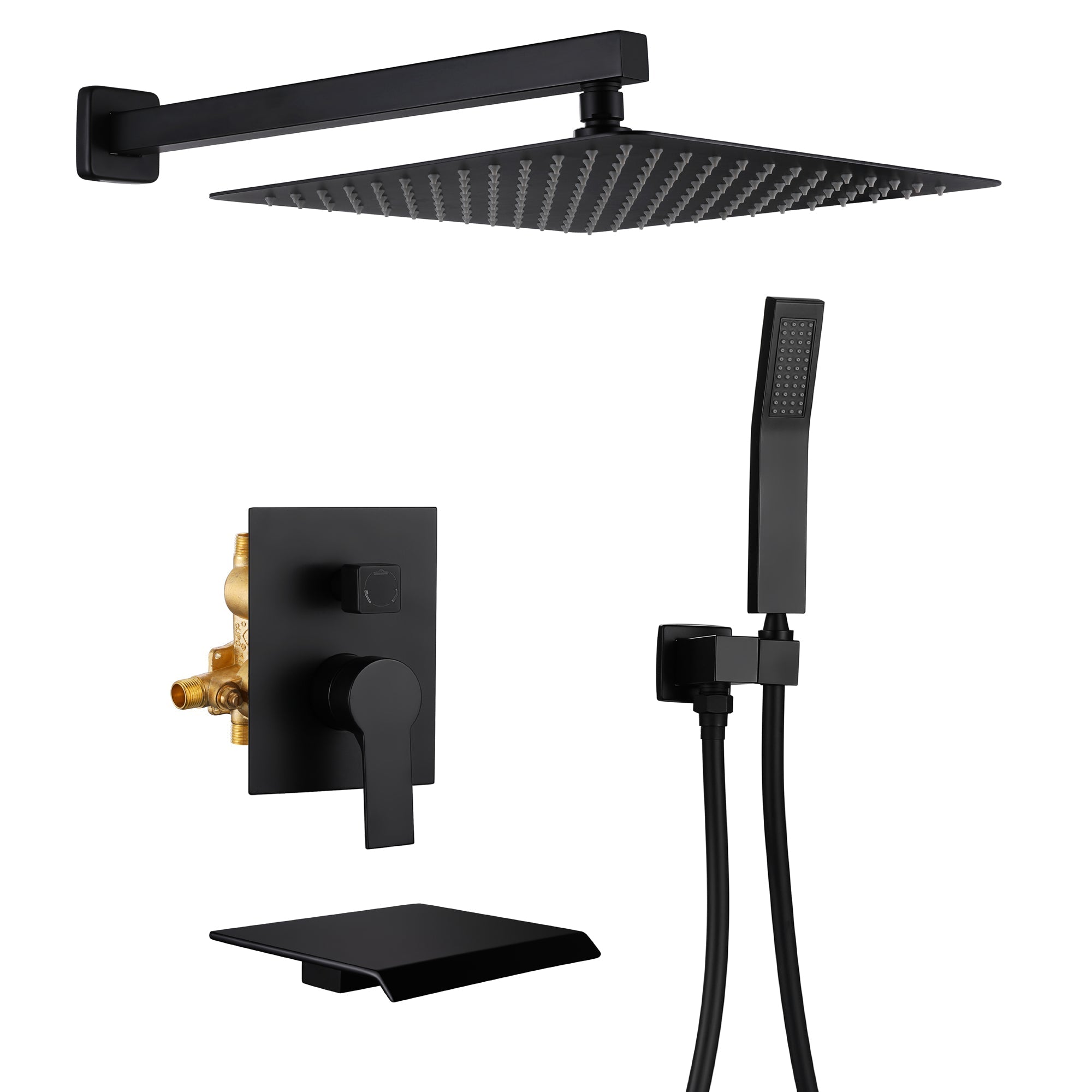
Leave a comment
This site is protected by hCaptcha and the hCaptcha Privacy Policy and Terms of Service apply.